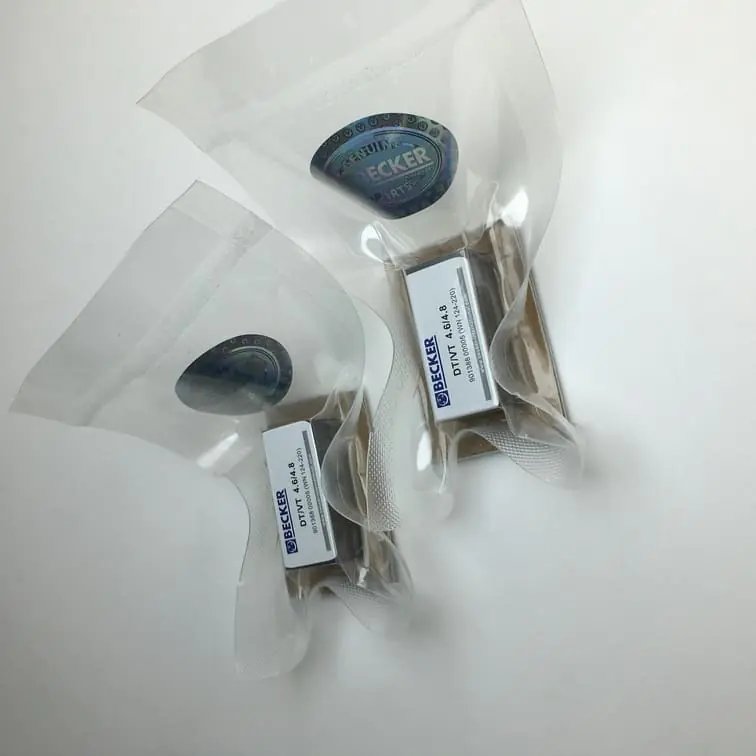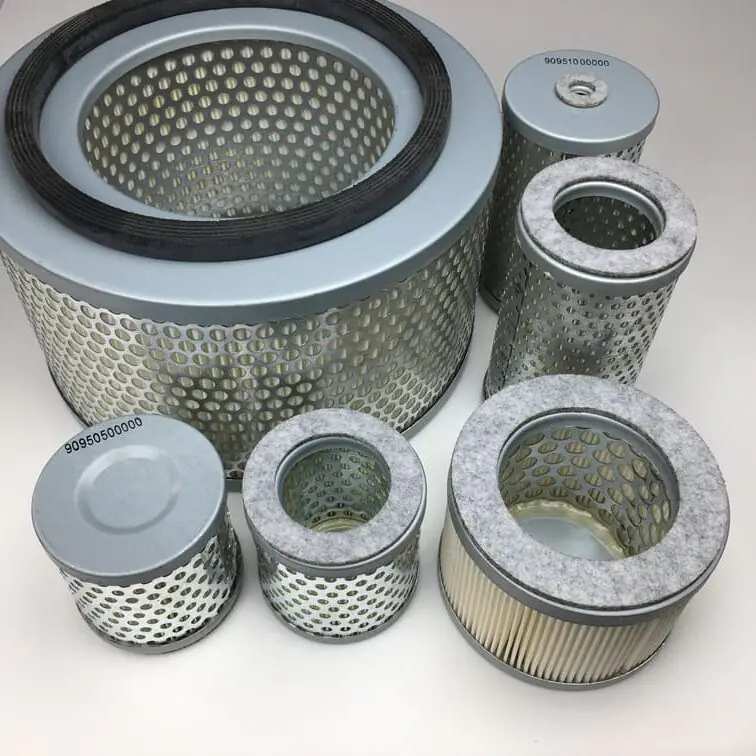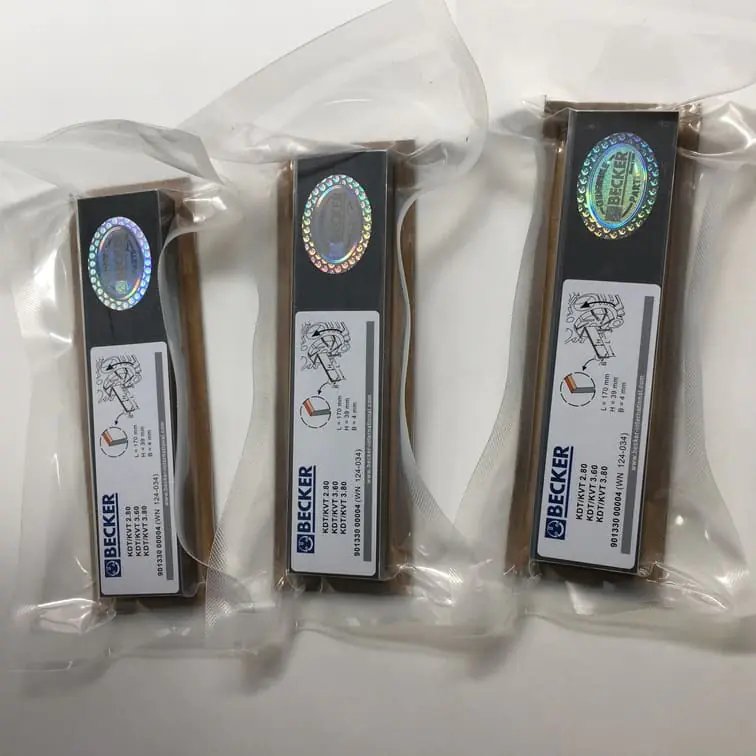What is a Natural Vacuum Leak Detection Pump
A natural vacuum leak detection pump (NVLD) is an important component used in vehicles to detect leaks in the evaporative emission control system (EVAP). The EVAP system is crucial in controlling emissions and ensuring that the harmful gasoline vapors produced by your vehicle do not escape into the atmosphere. The natural vacuum leak detection pump ensures that your vehicle is eco-friendly by identifying any leaks in the system that could compromise its integrity. This article will explore the role of an NVLD pump, how it works, and why it is essential for vehicle efficiency.
Understanding the Basics of Natural Vacuum Leak Detection Pump
The natural vacuum leak detection pump is a part of the EVAP system, which prevents gasoline vapors from escaping into the environment. The EVAP system traps and stores the vapors from the fuel tank and fuel system, then releases them back into the engine for combustion. NVLD pumps help ensure that the system is sealed and functioning properly by detecting any leaks.
Key Components of an EVAP System
To understand the natural vacuum leak detection pump, it is helpful to know the primary components of an EVAP system:
- Fuel Tank: Holds the gasoline and acts as the source of vapor.
- Charcoal Canister: Traps the fuel vapors from the tank and stores them until they can be burned by the engine.
- Purge Valve: Releases the trapped vapors into the engine intake for combustion.
- Natural Vacuum Leak Detection Pump: Monitors the system to detect any leaks that would release harmful emissions.
“The natural vacuum leak detection pump is an essential part of a car’s evaporative system, keeping our environment safer by preventing fuel vapors from escaping.” – Automotive Engineer
How Does a Natural Vacuum Leak Detection Pump Work?
A natural vacuum leak detection pump works by utilizing pressure changes that naturally occur in the vehicle’s EVAP system as the fuel tank cools after being heated during operation. This pressure change creates a vacuum inside the system.
The Working Process
- Vehicle Cooling: After the engine is turned off, the temperature of the fuel tank begins to decrease.
- Natural Vacuum Creation: As the temperature drops, a vacuum is naturally created in the sealed system. This vacuum allows the NVLD pump to monitor the system for leaks.
- Leak Detection: The NVLD sensor detects any drop in vacuum pressure that would indicate a leak. If a leak is found, the check engine light may be triggered, alerting the driver.
| Step | Description |
|---|---|
| Cooling Phase | The vehicle’s fuel tank cools, causing natural vacuum formation. |
| Monitoring Pressure | The NVLD monitors the vacuum level to ensure there are no leaks. |
| Leak Notification | A drop in vacuum pressure will trigger a fault code if a leak is detected. |
Pro Tip: The NVLD system is not activated while the engine is running; it operates when the vehicle is parked and cooling.
Importance of Leak Detection in the EVAP System
The natural vacuum leak detection pump plays a critical role in ensuring that the EVAP system functions correctly, reducing emissions and maintaining the efficiency of your vehicle. Here are the main reasons why it is so crucial:
1. Environmental Impact
Fuel vapors contain volatile organic compounds (VOCs) that can contribute to air pollution and the formation of ground-level ozone. The NVLD pump helps in preventing these vapors from escaping, thereby contributing to a cleaner environment.
- Reduced Emissions: By ensuring a sealed system, the NVLD prevents harmful emissions from being released.
- Environmental Compliance: Many countries have stringent emissions regulations that vehicles must meet. The NVLD pump helps ensure compliance.
2. Vehicle Performance
An EVAP system leak can also affect your vehicle’s overall performance. If fuel vapors escape, they cannot be used for combustion, which may lead to reduced fuel efficiency.
- Optimal Fuel Utilization: The NVLD pump ensures that all fuel vapors are redirected for combustion, thereby improving fuel efficiency.
- Prevent Engine Problems: EVAP leaks can sometimes result in engine performance issues, such as rough idling or difficulty starting.
3. Maintaining Check Engine Light Off
A leak in the EVAP system often results in the check engine light coming on. This can be frustrating and costly if the cause isn’t apparent. The NVLD pump helps prevent this issue by consistently monitoring for leaks and ensuring a well-sealed system.
How to Test a Natural Vacuum Leak Detection Pump
Testing the NVLD pump is essential if you suspect an issue with the EVAP system, especially if the check engine light is on. Here’s a step-by-step guide on how to test it.
Step 1: Scan for Codes
Use an OBD-II scanner to check for any trouble codes. If a leak is detected, a specific EVAP system error code will be present.
- Code Example: P0455 – Indicates a large leak in the EVAP system.
- P0456 – Indicates a smaller leak or issue within the system.
Step 2: Inspect the System
- Check Hoses and Connections: Look for any visible damage to the hoses and connectors in the EVAP system.
- Examine the Charcoal Canister: Make sure the charcoal canister is not cracked or damaged.
Step 3: Use a Smoke Test
A smoke test is an efficient method to identify small leaks. By injecting smoke into the system, any leaks can be visibly detected as smoke escapes from the compromised area.
Reminder: A professional mechanic should ideally perform these tests, especially if you are unfamiliar with automotive diagnostics.
Common Issues with Natural Vacuum Leak Detection Pumps
While natural vacuum leak detection pumps are generally reliable, several common issues can occur, requiring attention:
1. Pump Malfunction
The NVLD pump can fail due to wear and tear or internal mechanical issues. A faulty pump will fail to detect leaks, potentially leading to increased emissions and reduced fuel efficiency.
- Signs of Failure: The most common sign of a faulty pump is an illuminated check engine light paired with EVAP-related error codes.
- Solution: Replace the pump if it is found to be defective.
2. Wiring Problems
Wiring or electrical issues can prevent the NVLD pump from operating correctly. Faulty connections can lead to the system failing to create or detect the natural vacuum pressure.
- Check Connections: Ensure all wiring is intact and properly connected.
- Repair as Needed: Damaged wires should be replaced by a qualified technician.
3. Hose Leaks
The hoses in the EVAP system can degrade over time, leading to leaks that the natural vacuum leak detection pump is unable to compensate for. Rubber hoses are particularly susceptible to wear.
- Inspection: Periodically inspect all hoses for cracks or damage.
- Replacement: Replace any damaged hoses immediately to maintain system integrity.
Replacing a Natural Vacuum Leak Detection Pump
If your NVLD pump needs replacing, it’s a relatively straightforward process, but it’s important to follow each step carefully to ensure proper installation.
Step-by-Step Replacement Process
- Locate the NVLD Pump: The NVLD pump is usually located near the fuel tank. Consult your vehicle’s repair manual for the exact location.
- Disconnect the Battery: To ensure safety, disconnect the car’s battery before starting.
- Remove the Pump: Disconnect any hoses and wires connected to the NVLD pump. Then, unbolt it from its mounting bracket.
- Install the New Pump: Bolt the new pump into place and reconnect all hoses and wires.
- Reconnect the Battery and Test: Once everything is secure, reconnect the battery and test for proper operation using an OBD-II scanner.
Pro Tip: Always use manufacturer-recommended parts to ensure the proper function of the EVAP system.
Internal Links for More Information
To gain a deeper understanding of related vacuum system parts and explore options for replacement components, check out the following resources on vacuumpumppart.com:
- 90138800005 | WN 124-220 Original Becker Set of 5 Vanes – Learn about key components that contribute to the proper functioning of vacuum systems.

Frequently Asked Questions
1. What is the role of the natural vacuum leak detection pump in my vehicle?
The NVLD pump is part of the EVAP system, used to detect leaks and ensure that no fuel vapors escape into the environment, which helps reduce emissions and maintain vehicle efficiency.
2. How can I tell if my NVLD pump is faulty?
A faulty NVLD pump may cause the check engine light to illuminate. Additionally, error codes related to the EVAP system (such as P0455 or P0456) can indicate issues with the pump.
3. Can I replace the natural vacuum leak detection pump myself?
Yes, with basic mechanical skills, you can replace the NVLD pump by following the steps outlined above. However, it is always recommended to refer to your vehicle’s service manual for specific instructions.
4. Why does the natural vacuum leak detection pump only work when the vehicle is off?
The NVLD pump takes advantage of natural cooling processes. When the vehicle is off, the fuel tank cools, creating a natural vacuum that can be monitored for leaks.
5. Is it safe to drive with a faulty NVLD pump?
While driving with a faulty NVLD pump may not cause immediate performance issues, it will likely lead to increased emissions, and you may fail emissions testing. Prompt replacement is advised.
Conclusion
The natural vacuum leak detection pump plays a crucial role in maintaining the integrity of a vehicle’s EVAP system. By preventing fuel vapors from escaping into the atmosphere, it helps reduce emissions, improves fuel efficiency, and ensures your vehicle is running optimally. Understanding the NVLD pump’s function, common issues, and the replacement process will empower you to maintain your vehicle in peak condition. For further resources, replacement parts, and detailed guides, visit vacuumpumppart.com. Investing in the health of your EVAP system is an investment in a cleaner environment and a more efficient vehicle.





